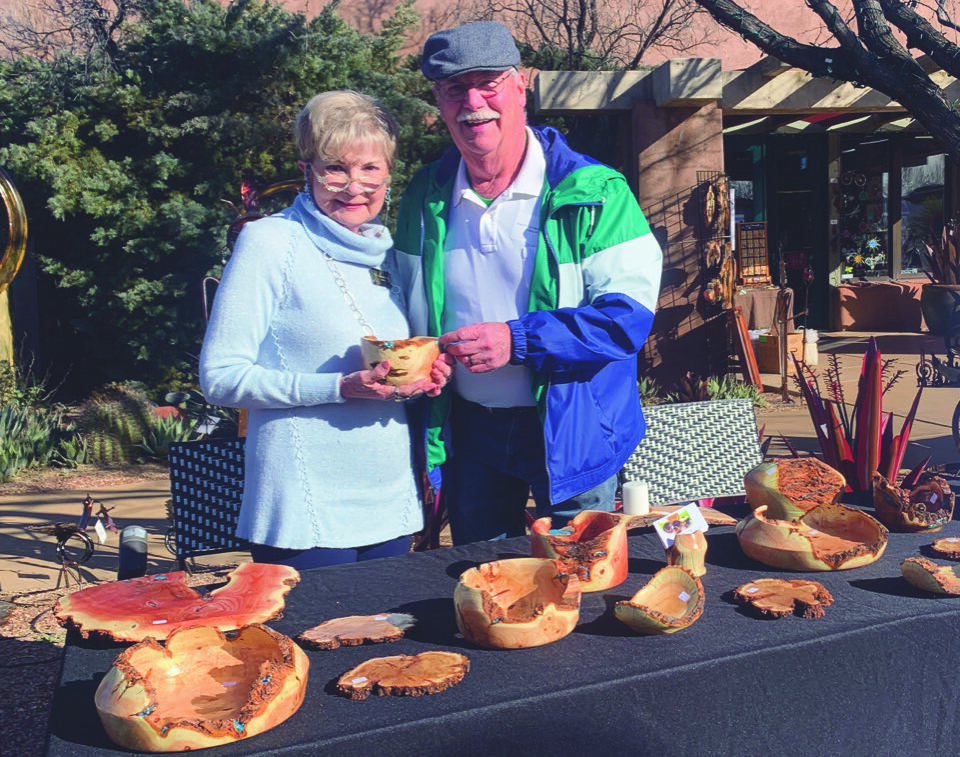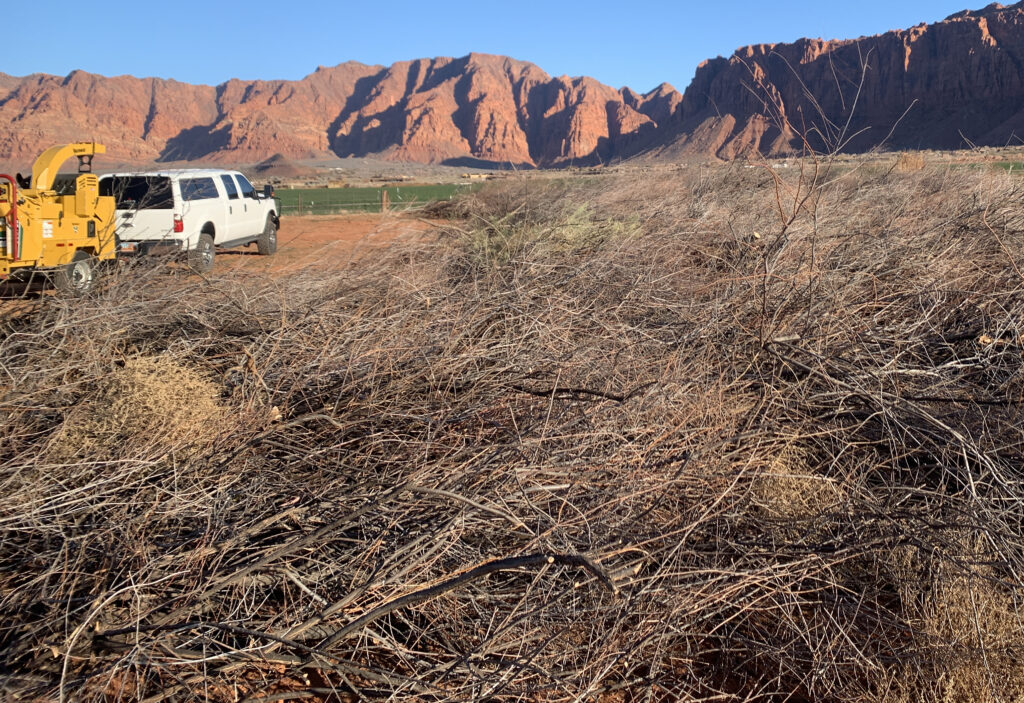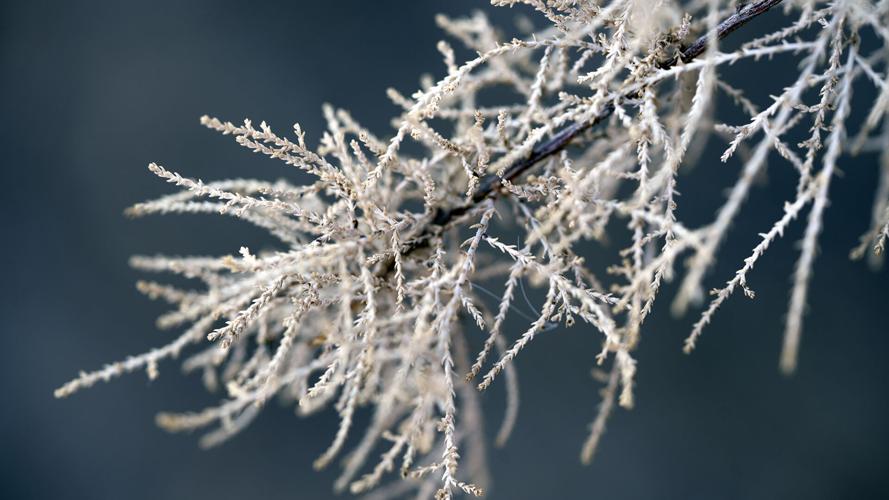
St. George News: Local nonprofit, woodturners join forces to rid Southern Utah of invasive, ‘very flammable’ tamarisk tree
As Printed in St. George News: Originally published February 10th 2023
updated March 2, 2025
A new nonprofit is working with woodworking artists to remove hazardous and invasive trees from Southern Utah and repurpose them into something beautiful.
The Desert Preservation Initiative has partnered with Southern Utah Woodturners to remove tamarisk trees from across Washington County, Dan Beck, the initiative board’s vice president, told St. George News.
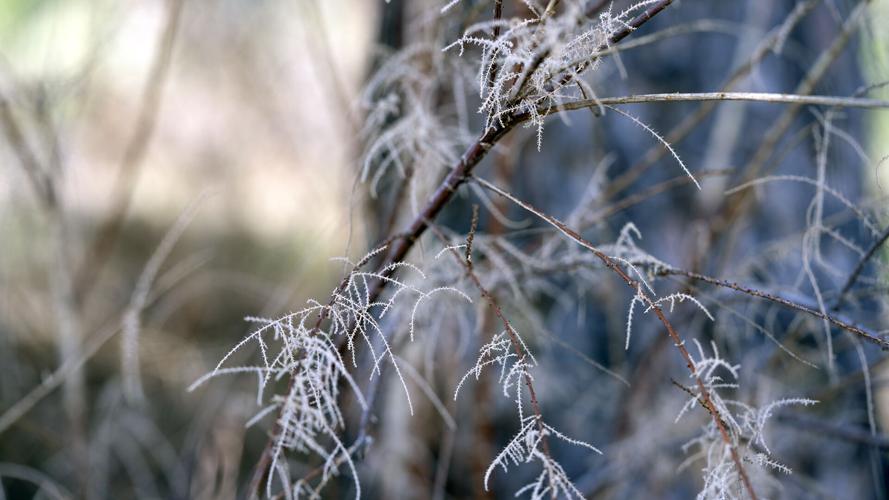
Tamarisk is sought after by artists because of the wood’s intricacies and “interesting grains,” Beck said. Woodturners often work with wood that is found on the ground and were “eager to collect larger pieces of tamarisk.”
The group recently removed a 50-foot tall tree with a 51-inch circumference, dubbed “the mother tree” by the nonprofit’s president Chuck Warren, according to a news release sent to St. George News.
By working together, the groups hope to address concerns about the tamarisk tree and potentially create fundraising opportunities for both groups by making and selling art pieces.
Founded in May 2022, the Desert Preservation Initiative, began removing tamarisk trees in October 2022 and partnered with the woodturners at approximately the same time, Beck said.
While the nonprofit is interested in removing other species of invasive plants to meet their goal of restoring native ecosystems, tamarisk is “so abundant, and probably the most challenging from a risk standpoint,” Beck said.
“We are doing a wash that’s probably 300 feet long and it was wall-to-wall tamarisk right behind two homes,” he said. “If that went up, it’s very likely it would shower those homes with flaming wood.”
Tamarisk trees, also called salt cedar, are “very flammable” and can grow in thick groves that pose a “significant fire danger,” St. George News previously reported.
Salt Cedar Trees can excrete salts concentrated in their leaves, giving them their name. These minerals can accumulate in topsoil, creating an intolerable environment for many native plants and potentially accelerating soil erosion over time.
Tamarisks are native to the Middle East and arid regions in Europe and Asia, and flourish in hot, sandy riparian environments near rivers and streams.
Millions of tamarisk were planted in the United States, starting as early as the 1800s, to reduce Dust Bowl-related erosion.
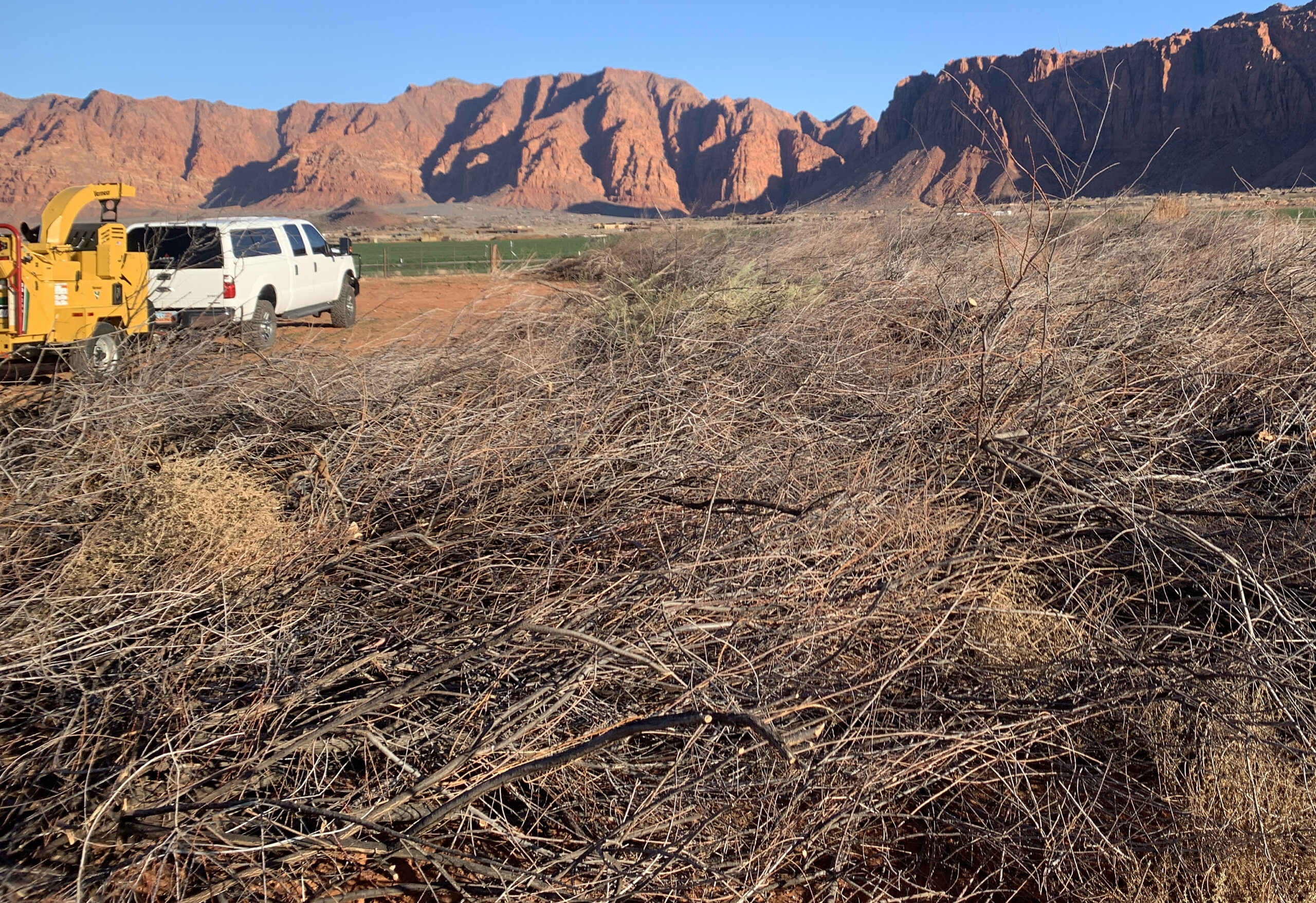
“With the benefit of hindsight, this mass planting, along with its natural spread, has led to salt cedar becoming one of the most prevalent and harmful invasive species along waterways in the Western United States,” the article reads.
To avoid creating a fire risk, once the trees are removed and the woodworkers have gathered their materials, the remaining wood is taken to the initiative’s chipping corral, Beck said.
“Nobody wants to see smoke rising in the sky,” he said. “So why do it if you don’t have to? It does create a lot more labor, but I’d say everybody involved uses it as good exercise.”
The nonprofit has been working primarily on private property but also is collaborating with Ivins City, Santa Clara-Ivins Fire and Rescue, and others, so the next phase of their work could involve identifying areas where tamarisk needs to be removed within the city, Beck said.
Additionally, after the land has had time to “rest” and “start over,” the nonprofit will work with landowners to restore native plant species based on various factors present on the landscape, such as soil condition and the amount of water present, Beck said.
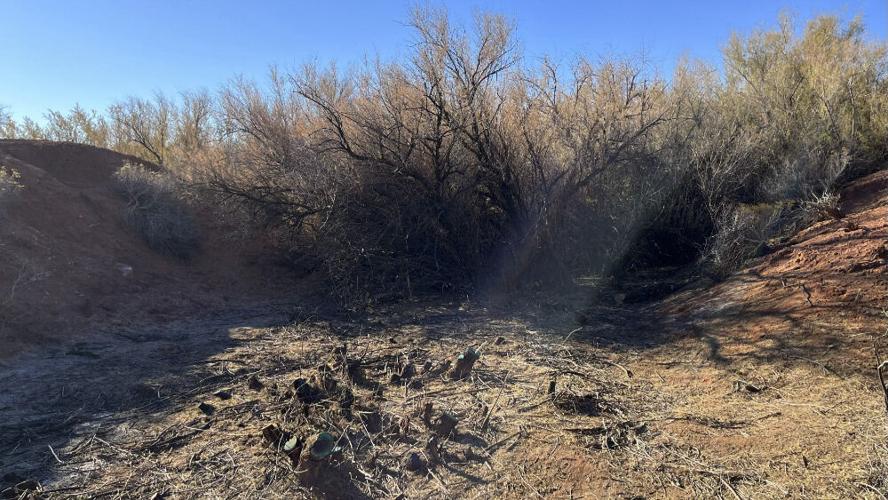
However, once the salt cedar is removed, some plants could begin regrowing naturally with the resulting increase in water and sun exposure, he added.
Currently, the initiative has nearly 50 volunteers and about 20 of which are consistently active, Beck said.
Going forward, they will create groups of volunteers to complete various tasks, such as tending to the community garden, identifying potential grants and soliciting contributions.
“There’s a lot of additional work that needs to be pursued to achieve the long-term overall mission of the restoration to a native environment,” he said.
Those interested in volunteering with or donating to the Desert Preservation Initiative can contact the nonprofit via email.
